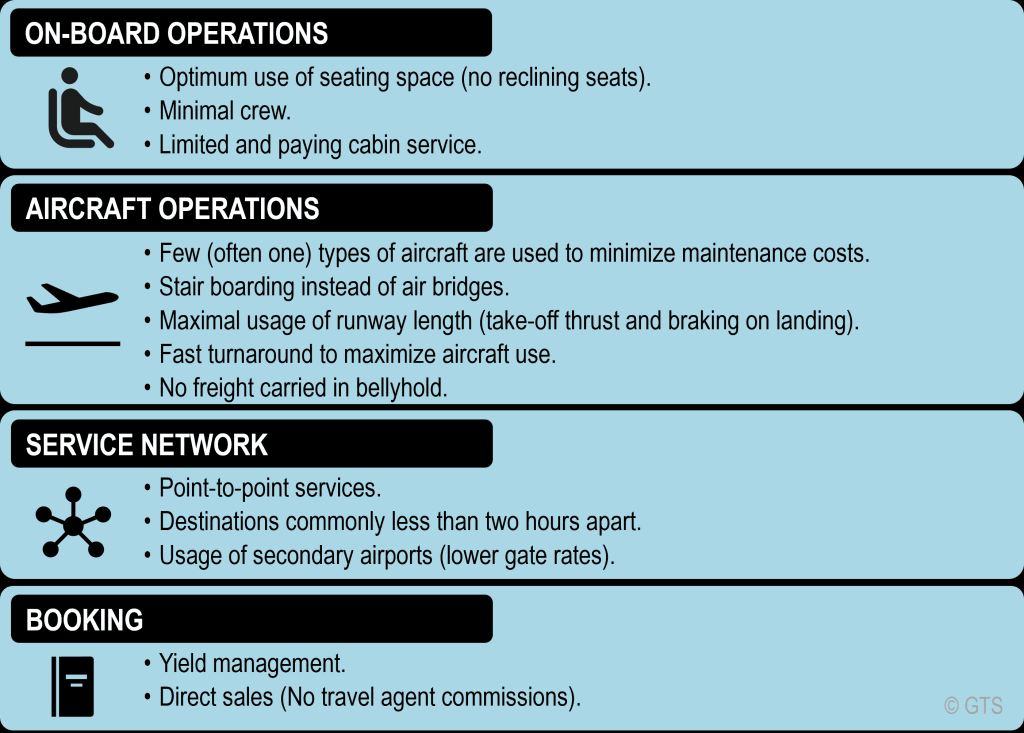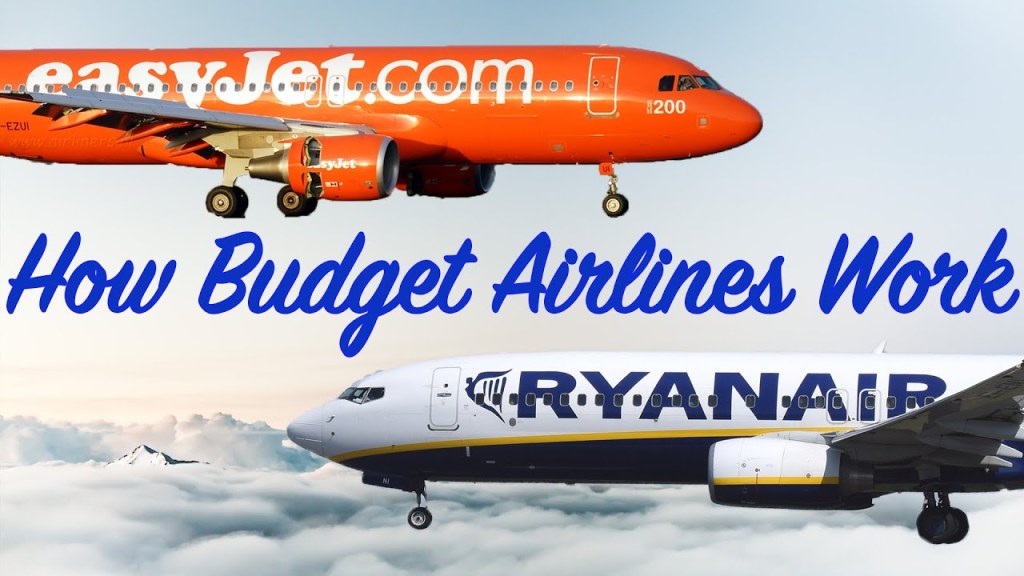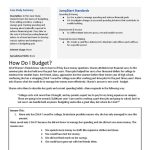Bargain Airways: Unveiling The Ultimate Budget Airline Strategy For Unbeatable Savings!
Budget Airline Strategy
Introduction
Hello Readers,
3 Picture Gallery: Bargain Airways: Unveiling The Ultimate Budget Airline Strategy For Unbeatable Savings!



Welcome to our article on the budget airline strategy. In this article, we will explore the various aspects of budget airline strategies employed by airlines worldwide. Budget airlines have revolutionized the travel industry by offering affordable airfares to a wide range of destinations. With their unique business models and cost-cutting measures, these airlines have successfully attracted budget-conscious travelers. Join us as we delve into the world of budget airline strategy and uncover the secrets behind their success.

Image Source: businessmodelanalyst.com
In this article, we will discuss the what, who, when, where, why, and how of budget airline strategy. We will also examine the advantages and disadvantages of these strategies and answer frequently asked questions about the topic. So, let’s get started!
What is Budget Airline Strategy?
🔎 Budget airline strategy refers to the set of tactics and approaches employed by low-cost carriers to provide affordable air travel to customers while maintaining profitability. These airlines focus on minimizing costs while maximizing revenue, enabling them to offer competitive fares to passengers.
🔎 The primary goal of budget airline strategy is to attract budget-conscious travelers by offering discounted airfares and a simplified travel experience. By adopting innovative approaches to operations, marketing, and customer experience, budget airlines have been able to establish a strong foothold in the aviation industry.

Image Source: transportgeography.org
🔎 Budget airline strategies encompass various aspects such as route selection, fleet optimization, fuel efficiency, ancillary revenue generation, and customer segmentation. These airlines often operate on a point-to-point model and utilize secondary airports to minimize expenses. They also focus on streamlining processes and reducing overhead costs.
🔎 Overall, budget airline strategy revolves around finding the right balance between cost reduction and customer satisfaction in order to create a sustainable business model in the highly competitive aviation industry.
Who Implements Budget Airline Strategy?

Image Source: ytimg.com
🔎 Budget airline strategies are implemented by low-cost carriers (LCCs) that specialize in offering affordable air travel. These airlines target price-sensitive travelers who are willing to compromise on certain amenities in exchange for lower fares.
🔎 Well-known budget airlines include Ryanair, AirAsia, Southwest Airlines, and EasyJet. These carriers have successfully implemented budget airline strategies and have become market leaders in their respective regions.
🔎 Additionally, some traditional full-service airlines have also adopted budget airline strategies for specific routes or subsidiaries to tap into the growing demand for budget travel.
🔎 It is important to note that not all low-cost carriers follow the same strategy. Each airline may have its own unique approach to cater to its target market and differentiate itself from competitors.
When and Where Did Budget Airline Strategy Emerge?
🔎 The concept of budget airline strategy emerged in the late 20th century as a response to the increasing demand for affordable air travel. The first budget airline, Southwest Airlines, was established in the United States in 1971.
🔎 Budget airline strategies gained significant momentum in the 1990s and early 2000s with the rise of airlines such as Ryanair and EasyJet in Europe and AirAsia in Asia. These airlines disrupted the traditional airline industry by offering lower fares and simplified services.
🔎 Today, budget airline strategies are employed by carriers across the globe, with a strong presence in Europe, Asia, and North America. These airlines operate on both domestic and international routes, providing affordable travel options to a wide range of destinations.
Why Do Airlines Adopt Budget Airline Strategy?
🔎 Airlines adopt budget airline strategies for several reasons:
1️⃣ Cost Reduction: Budget airline strategies allow airlines to significantly reduce costs by implementing measures such as utilizing secondary airports, operating a single aircraft type, and offering limited in-flight services.
2️⃣ Increased Market Share: By offering low fares, budget airlines can attract a larger customer base, including those who may have otherwise chosen alternative modes of transportation or not traveled at all.
3️⃣ Ancillary Revenue Generation: Budget airlines often rely on ancillary revenue streams such as baggage fees, onboard retail, and seat selection charges to supplement their income and offset the low fares.
4️⃣ Simplified Operations: Budget airline strategies focus on streamlining operations and minimizing complexity. This allows airlines to reduce overhead costs and improve efficiency.
5️⃣ Competitive Advantage: By offering lower fares than traditional airlines, budget carriers gain a competitive edge in the market. This attracts price-sensitive travelers and creates brand loyalty.
How Do Airlines Implement Budget Airline Strategy?
🔎 Airlines implement budget airline strategies through various means:
1️⃣ Route Selection: Budget airlines carefully select routes based on market demand, competition, and cost considerations. They often prioritize high traffic routes and underserved destinations.
2️⃣ Fleet Optimization: Budget airlines typically operate a single aircraft type, which allows them to streamline maintenance, crew training, and spare parts inventory.
3️⃣ Cost-Cutting Measures: These airlines employ numerous cost-cutting measures such as reducing legroom, charging for additional services, and utilizing technology to automate processes.
4️⃣ Lean Organizational Structure: Budget airlines maintain lean organizational structures to minimize administrative costs. They focus on efficient decision-making and agile operations.
5️⃣ Innovative Marketing: Budget airlines rely heavily on digital marketing, social media, and targeted advertising to reach their target audience and promote their low fares.
Advantages and Disadvantages of Budget Airline Strategy
🔍 Advantages:
1️⃣ Lower Fares: The primary advantage of budget airline strategy is the availability of affordable airfares, making air travel accessible to a larger population.
2️⃣ Increased Connectivity: Budget airlines often operate on routes that are underserved by traditional carriers, providing increased connectivity and travel options.
3️⃣ Flexibility: Budget airlines offer greater flexibility in terms of booking options and the ability to customize travel experiences with optional services.
4️⃣ Cost Savings: Passengers have the opportunity to save money by only paying for the services they require, rather than bundled services offered by full-service carriers.
5️⃣ Market Competition: Budget airlines introduce competition in the market, forcing traditional carriers to revise their pricing and service strategies to remain competitive.
🔍 Disadvantages:
1️⃣ Reduced Amenities: Budget airlines often have limited in-flight amenities, such as no complimentary meals or entertainment options.
2️⃣ Additional Charges: Passengers may incur additional charges for services such as baggage, seat selection, and priority boarding.
3️⃣ Limited Destinations: Budget airlines may have a more limited route network compared to traditional carriers, limiting travel options to certain destinations.
4️⃣ Less Frequency: Some budget airlines operate flights on a less frequent basis, which may limit travelers’ flexibility in terms of departure times.
5️⃣ Customer Service: Budget airlines may receive criticism for their customer service, as they often focus on cost reduction rather than personalized assistance.
Frequently Asked Questions about Budget Airline Strategy
Q1: Are budget airlines safe?
A1: Yes, budget airlines adhere to the same safety regulations and standards as traditional carriers. They prioritize passenger safety and invest in regular maintenance and safety training.
Q2: Are budget airlines always cheaper?
A2: While budget airlines generally offer lower fares, prices can vary depending on factors such as the time of booking, route popularity, and availability of promotions.
Q3: Can I bring a carry-on bag on a budget airline?
A3: Most budget airlines allow passengers to bring a carry-on bag, but it may be subject to size and weight restrictions. Additional charges may apply for larger or heavier bags.
Q4: Can I earn frequent flyer miles with budget airlines?
A4: Some budget airlines have loyalty programs that allow passengers to earn frequent flyer miles or points. However, the earning and redemption options may be more limited compared to traditional carriers.
Q5: Can I cancel or change my booking with a budget airline?
A5: Budget airlines usually offer the option to cancel or change bookings, but fees may apply. It is important to review the airline’s specific terms and conditions regarding cancellations and changes.
Conclusion
In conclusion, budget airline strategies have revolutionized the travel industry by providing affordable air travel options to a wide range of passengers. By focusing on cost reduction, simplicity, and competitive pricing, budget airlines have successfully attracted budget-conscious travelers and disrupted the traditional airline industry.
While there are advantages and disadvantages to budget airline strategies, they have undoubtedly increased connectivity, expanded travel options, and introduced healthy competition in the market.
As a reader, we encourage you to explore the offerings of budget airlines and consider them as viable options for your future travel plans. Remember to compare fares, check additional charges, and review the airline’s policies before making a booking.
We hope you found this article informative and useful in understanding the intricacies of budget airline strategy.
Disclaimer: The information provided in this article is for educational purposes only and should not be considered as financial or travel advice. Readers are advised to conduct their own research and seek professional guidance.
This post topic: Budgeting Strategies



